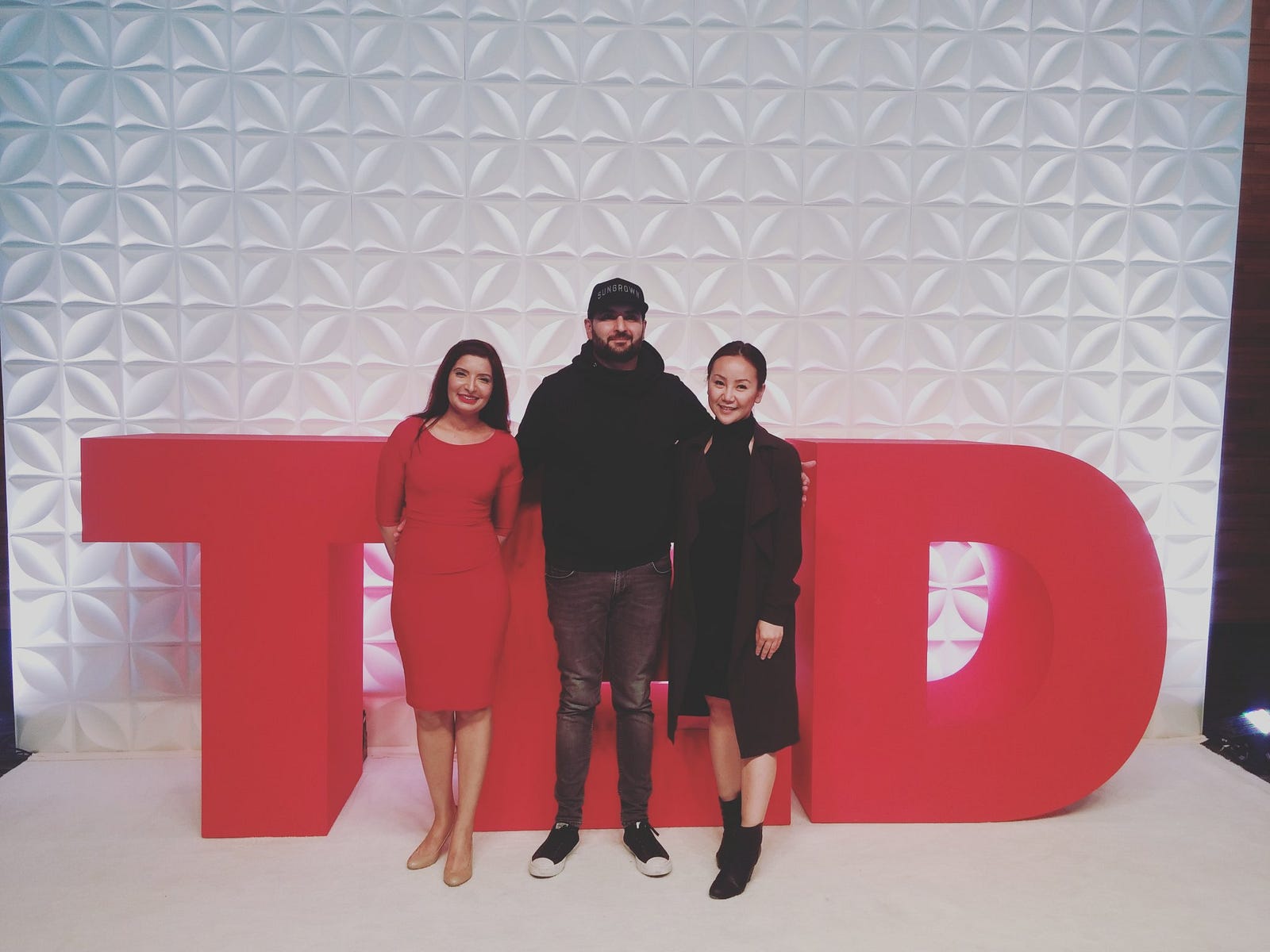Talking Fan Engagement With Victory Square Technologies CEO, Shafin Diamond Tejani

Fan Engagement, it’s a phrase on many people’s lips these days when talking about the future of technology. We sat Victory Square Technologies CEO, Shafin Diamond Tejani, down with former CBC Radio host, James Graham, to dig deeper into the future of Victory Square Technologies and to get a better idea about what fan engagement is.
__
James Graham: What is Fan Engagement?
Shafin Diamond Tejani: Sports and music are borderless, people all over the world have their favourite music artist, players or sports teams. The way they support and cheer for those things are very similar across the board. They’ll listen, watch, read about and interact with them, be it on TV, their mobile phone or desktop computer. It all happens in similar fashions.
Fan engagement is about creating additional ways for that fan to engage with his or her favourite team, artist or experience, anywhere in the world. We’re about building those core technologies that can be scaled globally and translated into anything that people support.
J: So contextually, it’s not just a sports thing? If I’m a fan of Kanye West, the same technology and concepts that could be applied to a sports team could then also be applied to Kanye?
S: Yes, that’s a really good example. Whether I’m watching the Vancouver Canucks play or I’m going to a concert to listen to Kanye, I could do both of them from my home, anywhere in the world. By putting on a VR headset I can be front row at either the concert or the game and I can experience that as a fan. It’s about creating those solutions using technology to allow someone to experience that.

J: What role does Victory Square Technologies play in Fan Engagement?
S: VST was originally founded on a love of sports, a love of games and a love of immersive experiences. That’s a byproduct of our team and things that we had been working on. Our entire team are all huge sports fans, we love sports and as fans, sports are borderless. We interact with our favourite players through our fantasy leagues, through contests and games; and from watching and consuming content.
From a VST perspective, we wanted to use technology that we had our core competencies in to make the experience better.
A lot of the ways we interact with sports are through games and we just happened to have core competencies there as we had a studio that was building games that were being used by people all over the world. Some of the ways that we would use sports, especially through immersive type experiences, were a given seeing that we had a company called Immersive under our umbrella that was designed to create unique experiences for people.
VST: Our background was in tech, we loved those three themes and there was overlap in what we were doing. So it made sense to be using these skill sets that we have to make experiences for these things even better.

J: What does it mean to you to engage fans in a cord cutting universe where fewer people are interacting and engaging with content in traditional means?
S: You had radio, print and TV: they revolutionized how we consume content. Then the internet came and again, we had access to an enormous amount of information. So we escaped online to consume that information and then went from the internet onto our phones. Not our desktops mind you but on tablets and smartphones. So the next progression is to actually immerse ourselves in that content through VR.
We first starting off by reading about things and then listening to content on the radio and watching it on TV. Now I’m creating an avatar on my desktop, geo-locating to it on my phone and actually being in the content itself, it’s just a natural progression.
People cutting their cable are adopting mobile phones and absorbing additional content via higher speed internet at a more rapid pace. It’s just an evolution, so I’m not worried about it. Where we’ve positioned ourselves is where we think things are going to be five years from now. We’re looking five years ahead.
J: Where do you see things five years from now? We’ve already spoken about Victory Square Technologies wanting to make a mark in virtual and augmented realities.
S: Today, Virtual Reality and Augmented Reality is a $2 billion dollar industry. By 2020 it’s expected to be a $150 billion dollar industry, so we see the growth over the next 3–5 years. If you look back historically, every massive evolution has taken us a bit of time. Every new innovation, the time that people take to adopt, it has gotten shorter and shorter. So looking five years from now, the cost of getting a headset will be cheaper and immersing yourself in that experience, whether it’s being at a game, or being at a concert, or being in a virtual world where you can work or shop; it’ll be more common. Basically, what we do on our phone and what we do on the net, we can do that and actually be in that environment. Virtual reality is not the end result, it’s the tool that’s going to open up a whole new world of experience.
J: After VR and AR, what’s next?
S: Looking five years is out is where we’ve positioned ourselves from a company perspective, but I know that the types of things we’re working on will continue to evolve. Just think, we could be in the matrix soon.
J: Who’s doing fan engagement right?
S: I think a lot of people are doing interesting things in the space. If I look at the NFL viewing experience, I think the NFL has done a good job. Not a complete job, but I think they’re doing a good job. You see companies like NextVR which are bringing you from your home into a live event. But it’s in such an infant stage that no market leader has really come into the mix and really taken off. There’s examples of people doing interesting things in the space but I think because the space is so new, there’s not one company. Snapchat’s done some cool stuff with the NBA.
J: Why has it taken sports teams so long to diversify their engagement experiences?
S: These might be contradictory statements but I think some of the leagues are really protective of their content, maybe too much so. But at the same time, I think that with sports you have big brands paying big dollars that want to connect with their audiences. I think sports are actually taking the lead at innovating a lot of these new immersive, fan engagement experiences.
J; As a long time sports fan, what makes an engaging experience for you?
S: Fantasy Sports was a huge driver for that, I’m more connected to the players on my team and whoever I’m facing and how their players are doing. I’m consuming more and I’m tracking specific stats, Fantasy Sports has gotten me more engaged. Accessibility and the viewing experience is exciting for me as well. I think those two drivers are huge and just the amount of content that’s out there.
J: Where does the future of fan engagement lie?
S: I think there’s so many interesting people doing a lot of interesting things in the space, specifically if you’re looking at fan engagement. Looking at it from a macro perspective; the future is in the technology and the immersive experiences. An artist performs in a venue that only a limited number of people can fit into. They’ve taken those concerts and they’ve put them on the big screen or on HBO specials. But now whether it’s an artist, an event or sporting matches, it’s the technology of being able to create it so it feels like you’re there. You can feel, hear and experience exactly what it would be like to be there. To me, that’s the next step of really where fan engagement is going, anyone can be there.
